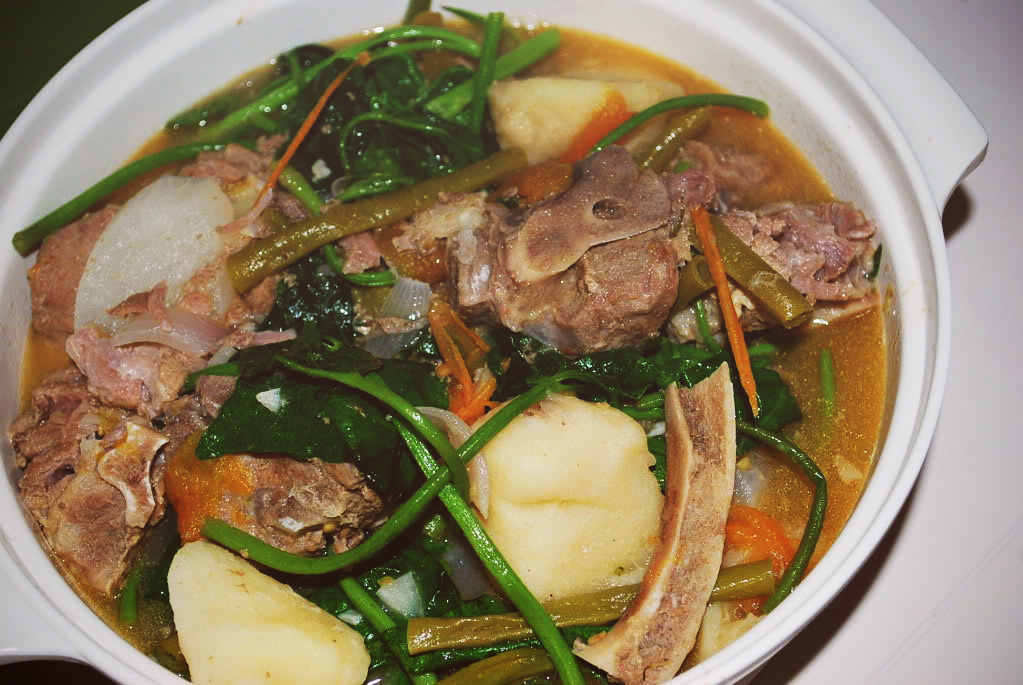Why is Sinigang so popular among Filipinos?
- Sinigang is marked as a Filipino comfort food.
- It helps cool the body during hot conditions due to its tangy taste.
- There are many variations of the dish and it can be prepared in any way.
- Depending on preferences, Sinigang can be easily adjusted in both quantity and quality.
- Nowadays, numerous trends have been introduced to heighten the dish’s popularity to new heights.
When you think about the Philippines, one of the first things to come to mind is the country’s history, which is rich in excitement and intrigue. While many things throughout the times have been given the Filipino touch, there is nothing better than Filipino food; most especially dishes like adobo and sinigang. This is why the best wedding catering in Manila often serve these dishes in their events.
If a survey regarding the Philippines’ national food was conducted, then adobo and sinigang would certainly be tied for the top spot. Both recipes represent the Filipino culture and many consider these dishes as staples in the traditional family gathering.
Between these two dishes, many argue that sinigang is the dish most representative of the Filipino palate. This is mostly because it can be customized according to any taste, budget, season, and availability. Basically, it is a dish that can be enjoyed by all.
Even celebrities can’t enough of it. In the union of Philippine showbiz icons, Ding Dong Dantes and Marian Rivera, Chef Margarita Fores whipped up shrimp sinigang for the couple’s wedding.
What is Sinigang and How is it Made?
Sinigang is a Filipino soup dish known for its sour and savory taste. Traditionally tamarind-based, this sour dish consists of meat – which can be beef, pork, fish or shrimp – and vegetables like okra, water spinach (kang kong), daikon (labanos), onions, and eggplant. Sometimes the tamarind can be switched with guava, calamansi, or even unripe mango, depending on the cook’s preference. Green long peppers (siling mahaba) are also added to the dish to add some spice. There are also variations such as sinigang sa miso and sinigang na baboy at hipon.
So why is Sinigang a hit among Filipinos?
With its sour soup, sinigang is marked as Filipino comfort food. It rouses the senses because of the sourness and slight spice. Also, ingesting the long peppers can make the body sweat, which helps it to cool especially during a humid day. Food historians even commended sinigang for being a refreshing and appetite-boosting dish perfect for the Philippines’ tropical climate. A Filipino food writer even wrote in an article that the dish most likely was already in existence during the pre-Hispanic era. He also considers sinigang as the Philippines’ national food.
Nowadays, not only do different kinds of sinigang exist for your preference, but different variations of it have also come to light. Have you ever heard of something called ‘sinigang rice’? The thought of merging the flavor of sinigang with rice is something that exudes innovation in traditional Filipino food. Other variations such as sinigang paella, sinigang bulalo, and even sinigang with other fruits such as strawberries and watermelon have also emerged. No matter what you choose, it’s always a guarantee for you to have a thrilling and unique sinigang experience.
A dish like sinigang is something that’s extremely common to the Filipinos to the point where each and every variation of the dish is entirely in their hands to control. It is this ability to be able to customize the dish that makes it enjoyable to every Filipino’s taste. With that said, sinigang is the kind of dish that can be served to meet many expectations anyone can have of the dish. It’s entirely up to you, as the cook, to deliver.
Although foreigners have mixed views about this dish – claiming that it is too sour for their taste – Filipinos remain undaunted over the negative views to their beloved sinigang.
Is there such thing as ‘authentic’ Sinigang?
With 7,107 islands in the Philippines, it’s no surprise that every region has a different way of preparing the said dish. In 1995, Sidebar of the Chateau 1771 Group introduced sinigang with corned beef to the public. Eventually, this became a trend recipe.
There’s also this recipe called sinampalukang manok. Some do not technically consider it as a variation of sinigang because of the way it’s cooked and how the tamarind leaves are used. In this recipe, the chicken is sautéed with ginger first instead of being dumped raw in a pot with the rest of the ingredients. This is the typical way to cook sinigang. Also, fish sinigang’s primary ingredient is milkfish (bangus) or any local fish like maya maya and lapu lapu. However, many people switch out the milkfish for salmon or tuna.
When it comes to adding the signature sour flavor, tamarind is the go-to ingredient. However, what many don’t know is that other fruits can be used as a souring agent for this dish. Fruits like lemons, pineapples, strawberries, guavas, and watermelons have been known to make great substitutes to add the sinigang’s signature sour taste while adding a hint of sweetness to the dish. Each addition to this dish brings exoticness and authenticity to it.
Key Takeaway
Whether authentic or not, tamarind-based or guava, sinigang is still sinigang for Filipinos. In a way, the diversity is a Filipino tradition in itself. One thing’s for sure: nothing can beat the refreshing feeling one could get after tasting that sour, savory broth during a rainy day or a hot, summer afternoon.
